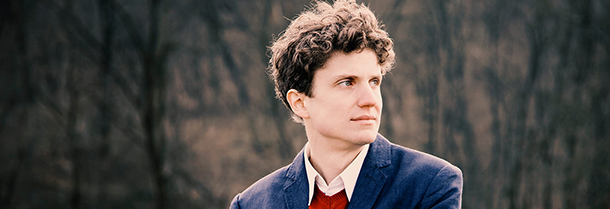Tag: Robert Schumann
-
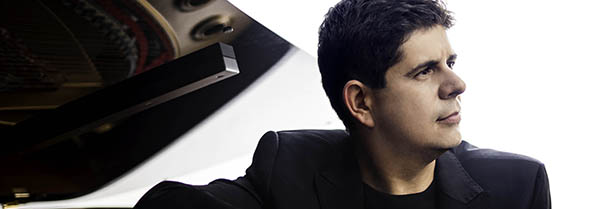
-
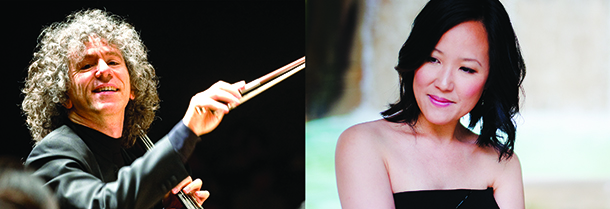
PROGRAM NOTES: STEVEN ISSERLIS AND CONNIE SHIH
Reynaldo Hahn Variations chantantes sur un air ancien The Venezuelan-born French composer Reynaldo Hahn is best known for his contribution to the French song repertoire with his more than 100 mélodies published between 1890 and his death in 1947. He is equally well known as the sometime romantic partner of writer Marcel Proust, whose epic…
-

PROGRAM NOTES: DANIEL HSU
Robert Schumann Kinderszenen Op. 15 The character piece, a short work expressing a single mood or illustrating an idea suggested by its titling, was a typical product of the Romantic era, and Robert Schumann was a major contributor to the genre. In 1838 he composed 30 such works, publishing 13 of them in a collection…
-

PROGRAM NOTES: STEPHEN WAARTS
Claude Debussy Sonata for Violin and Piano in G minor L. 140 The sound of Debussy’s music confounded many of his contemporaries. From a tonal point of view, it floated in stasis in a world of pastel sounds that arrived at their destination more by whim than by design. How, they asked, could what he…
-
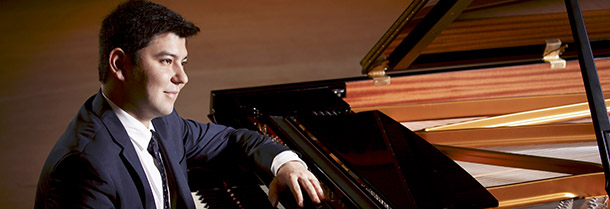
PROGRAM NOTES: BEHZOD ABDURAIMOV
Domenico Scarlatti Sonata in B minor K 27 Sonata in D major K 96 The 550-odd sonatas of Domenico Scarlatti are perhaps the most successful works to migrate from the harpsichord to the modern grand piano. Their transparent texture of simple two- and three-part keyboard writing has one foot in the imitative counterpoint of the…
-
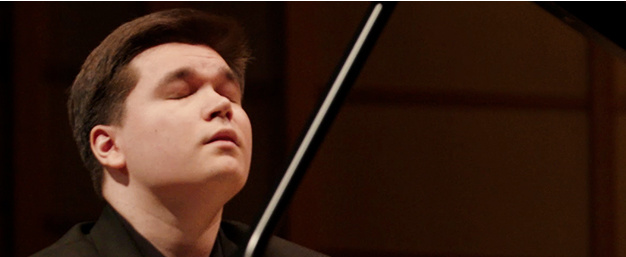
PROGRAM NOTES: TRISTAN TEO
PROGRAM NOTES: TRISTAN TEO Robert Schumann Widmung (arr. Franz Liszt) The year 1840 was Robert Schumann’s Liederjahr, his ‘year of song’. After 10 years of writing almost exclusively for the piano, Schumann in 1840 burst into song, composing well over a hundred Lieder. One song collection, Myrthen Op. 25, had a special meaning for…
-
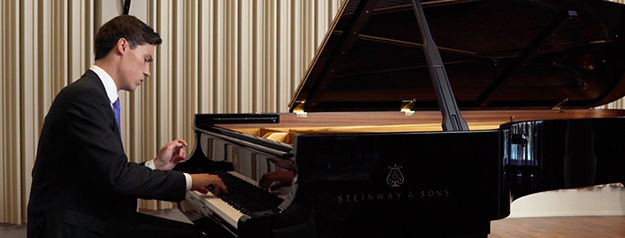
PROGRAM NOTES: JAEDEN IZIK-DZURKO
Alexander Scriabin Valse Op. 38 It is easy to see why Alexander Scriabin was known as “the Russian Chopin.” Like his Polish musical forebear he wrote almost exclusively for the piano and began his career by composing mazurkas, waltzes, nocturnes, preludes and études. In this Valse we catch the composer near the end of his…
-
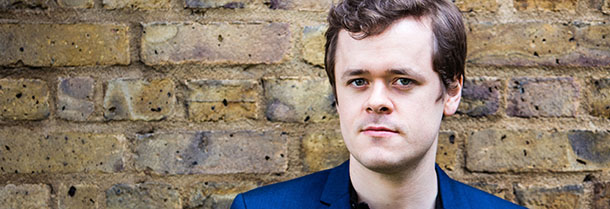
PROGRAM NOTES: BENJAMIN GROSVENOR
Jean-Philippe Rameau Gavotte and Variations in A minor The modern pianist seeking to play the Baroque harpsichord repertoire faces many obstacles, starting with the friendly fire of his own trusty Steinway itself, so different in sound from the perky little plucked-string sound box for which this music was originally written. A note on the harpsichord…
-
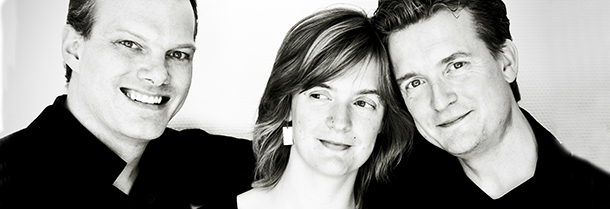
PROGRAM NOTES: TETZLAFF-TETZLAFF-VOGT TRIO
Wolfgang Amadeus Mozart Piano Trio No. 1 in B-flat Major K 502 The piano trio developed out of the ‘accompanied’ keyboard sonata, a makeshift compositional genre that attempted to compensate for the weak ‘tinkly’ tone of the early fortepiano (forerunner of the modern pianoforte) by the addition of a violin to reinforce the singing line…


